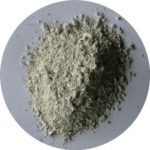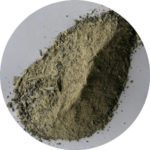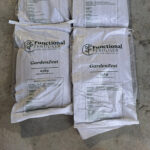PW Burton
When everyone in the farming industry is either hurting, or at least feeling like it might be their turn soon, it’s easy to let rip and at the moment the dairy industry resembles a barn door and therefore an easy target.
What’s important to remember is that the dairy farming industry is made up of individuals, with families, and they are all affected to a greater or lesser degree by continued criticism.
I don’t know of any farmer that is deliberately and wilfully damaging the environment. That’s not in the nature of any of those work with, and they’re all aware that short term damage leads to bigger problems further down the track.
It’s the dairy industry that’s been largely responsible for this country continuing to enjoy a standard of living the envy of our closest neighbour and many other countries, and yet those of us with some influence have felt the right to find fault.
I could argue that the industry has provided plenty of ammunition and alternative resources have been offered, but that’s missing the point.
The farming sector is just a small group in New Zealand, which by international standards is no more than an extended village. Our greatest resource, outside of climate and productive land, is the ability to solve issues through innovation, and in my view it’s time to pool all available resources.
This may mean swallowing pride and being prepared to share with those we’ve butted heads with. However the resources are available for the things that requiring sorting, and collectively plans with positive outcomes can be hatched.
A politically well-connected client recently acknowledged that the well-co-ordinated and concerted campaign focussed on the environmental shortcomings of rapid dairy expansion, has started a popularity battle the farming industry will almost certainly lose, and with it the support of many urban folk.
A lengthy and polarising debate could do irreparable damage to our international reputation. Would it not be better to put our heads together, sort the real from the perceived, fix whatever is required and get on with the next stage of development?
Further fencing of waterways will look good and make a difference, but the really big issue that no-one currently wants to address is carbon. Carbon is the filter in the soil, in its stable form it’s also the sponge that holds nutrients and moisture.
And here’s what is really happening. In a recent phone call with a Landcare Research scientist, he stated that all irrigated land in this country “without exception” is losing carbon. The work by Louis Schipper and his team at Waikato University shows that intensively farmed dairy land in the Waikato and Bay of Plenty has been losing carbon for over thirty years at the average rate of 1.0 tonne of carbon/ha annually.
It’s not the fault of individual farmers. The issue lies with the advice they’ve been given by industry leaders, but there is an alternative that looks increasingly promising as more measures are conducted.
Carbon under intensive livestock management can be sequestered, or stored, in the soil reducing atmospheric CO2 concentrations. With increased storage capacity soils are more resilient, growing increasingly more feed of higher quality.
We’re prepared to put all the measures compiled over the last 15 years, along with our technology, on the table for those genuinely interested. If, because of our commercial interest, we personally are unacceptable, the presentation can be done by a group of long term farmer clients prepared to vouch for the authenticity of the data.
For more information contact Peter on 0800 843 809




